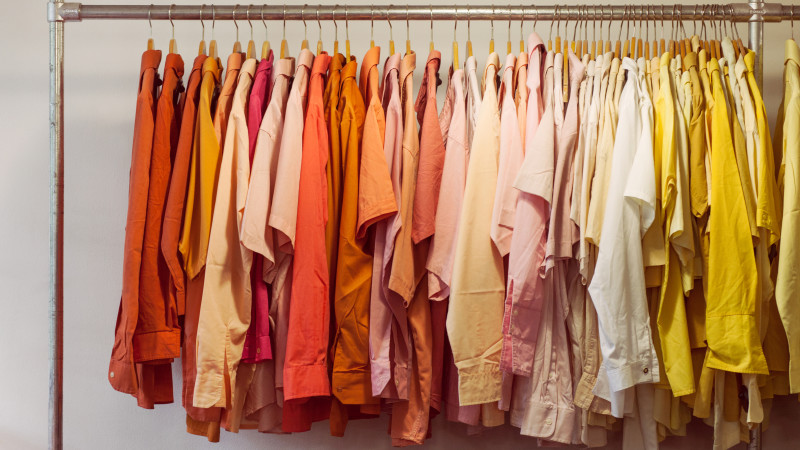Last month, we headed to Las Vegas for Shoptalk, a retail and ecommerce event that focuses on how today’s consumers discover, shop and buy. Shoptalk is only in its second year, but it’s already grown impressively. This year’s event had more than 5,500 attendees and 330 speakers including Lionel Richie, as well as executives from some of the largest global retailers including Walmart, Target, Kohl’s and Amazon.
During the event, we spent part of the time at the PowerReviews booth in the Exhibit Hall. We always enjoy attending shows like this so we can hear firsthand about the challenges brands and retailers are facing today and chat about how user-generated content can help them better connect with their customers.
We also spent part of the time in sessions hearing industry pros discuss a wide range of topics about online and in-store shopping across a variety of different categories. Throughout the event, we noticed a few themes emerge:
- The interplay of online and in-store shopping
- How experiential retail is building connections with consumers
- The potential for artificial intelligence to change the way we shop
In this post, we’ll focus on the interplay of online and in-store shopping or what we call the new omnichannel. Future posts will focus on the other themes from Shoptalk.
The New Omnichannel
We’ve all seen the statistics about the growth of online shopping. With more and more consumers shopping online, does that mean traditional brick-and-mortar retail is a dying breed?
Brian Cornell, Chairman and CEO at Target, opened his keynote session about the future of retail in a connected world by comparing the question of “digital or physical” to the old Miller Lite question: “Tastes great? Or less filling?” It isn’t a question of either/or. Instead, both online and in-store play important roles in the customer journey. The challenge for retailers is to provide shoppers with rich experiences, regardless of how they choose to shop.
Physical Stores Driving Online Success
Throughout the conference, speakers shared examples of how brick and mortar stores can be a valuable asset for driving ecommerce sales. The key is to successfully connect the online and in-store experiences.
One way retailers are leveraging physical stores to drive online orders is by offering in-store pick up of ecommerce sales. Approximately 85% of Americans live within 15 miles of a Kohl’s store, and currently, around a third of online sales are fulfilled in-store.
And 50% of Americans live less than four miles from a Target Store, with 55% of all digital sales being fulfilled in store. The bonus for retailers is that when consumers pick up online orders in-store, it often drives additional in-store sales.
Emerging retailers talked about using physical stores, including pop-ups, to test products and branding, create buzz, and most importantly, to drive online sales. Apparel innovator ModCloth used pop-ups to test the radical idea that clothing for women of all sizes be displayed together– no “plus size” section. They described woman literally in tears because they felt included. For ModCloth, a pop-up tour validated their body-positive branding, created buzz, and fostered real emotional connections with shoppers.
Just days before ShopTalk, Walmart announced its acquisition of ModCloth, another bold move by the retail giant, who is aggressively working to complement their status in the physical retail space with key ecommerce acquisitions including Hayneedle, Jet, and now ModCloth.
The future of retail will be the best of both worlds. Retailers that successfully connect emotionally with shoppers and combine the online and in-store experiences will be those that are most successful.




